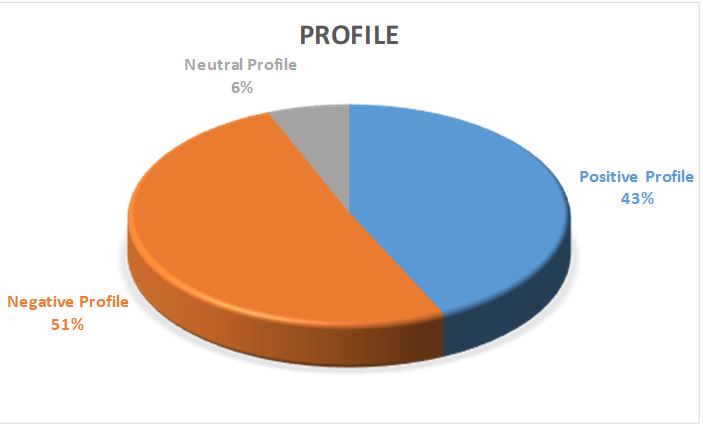
How the newspapers in Zambia covered women in January 2017
By Lilian Saka Kiefer
Panos Institute Southern Africa has just completed the analysis of media coverage of women in January 2017. The exercise is based on the premise that women are severely marginalized by the media and this undermines public opinion about their abilities and capabilities. While the debate goes on, PSAf was motivated by the need to generate evidence of this marginalization and use it to lobby stakeholders and advocate for address the gender divide in media coverage.
In efforts to determine the extent to which women were marginalized by the newspapers, the quantity of coverage was assessed. The assessment found that out of 5407 articles, only 553 covered. This represents 10.2% of the total coverage across the four papers. Compared to December 2016, this is a reduction, as December recorded 13.7%. Specific details are as presented in the table below:
Table. 1: Coverage of women by newspaper as a proportion of total coverage by newspapers in January 2017
| ARTICLES | |||||
| Articles on Women | % of Articles on Women | Articles not on Women | % of Articles not on Women | Grand Total | |
| Total | 553 | 10.2% | 4854 | 89.8% | 5407 |
| Daily Nation | 141 | 9% | 1431 | 91% | 1572 |
| The Mast | 77 | 10% | 694 | 90% | 771 |
| Times of Zambia | 202 | 10.9% | 1659 | 89.1% | 1861 |
| Zambia Daily Mail | 133 | 11.1% | 1070 | 88.9% | 1203 |
Source: Primary Data
The quality of this coverage, low as it was, left a lot to be desired. The slant of the articles was studied to determine the kind of profiles of women that the newspapers presented – whether it is women in productive activities or women in scandals and other negative circumstances or situations. Highlighting positive aspects of women assists in breaking stereotypes and championing equality. There are also neutral profiles, which are neither positive not negative. PSAf found that 51% of all coverage of women carried a negative profile. This is of serious concern as negative profiles already tend to draw high attention, and if they are in high proportions, then the few positive stories almost get drowned by the negative ones. The picture below (Figure 6) shows the distribution between positive, negative and neutral profiles.

Figure 6: Profile of Women in Articles. Source: Primary Data
In terms of women’s participation in the media either as sources, main subject or others, the study found that there were more articles on women that were obtained from men as lead sources compared to those obtained from women. Out of the 553 articles covering women in all the newspapers that were studied for the month of January 2017, 206 of the articles were obtained from women sources, representing 37.3% of all the articles covering women.
Women remain marginalized by the media in terms of quantity of coverage. January 2017 had a lesser proportion of coverage of women, than was the case in December 2016. Of more concern is the fact in while the coverage reduced from 13.7% in December 2016 to 10.1% in January 2017, the proportion of negative profiles of women was higher in January 2017 at 51% of the total coverage. The study did not establish the reason why January 2017 had more negative profiles than December 2016, however, the concern raised is that in circumstances where negative profile has a lower percentage than positive, negative tends to overshadow positive. In this circumstance, women are further pushed to the margins by a higher percentage of negative profiles. Hopefully, stakeholders will begin to take steps to address this gender divide in media reporting.
The author is the Executive Director of Panos Institute Southern Africa. For feedback, email lilian@panos.org.zm